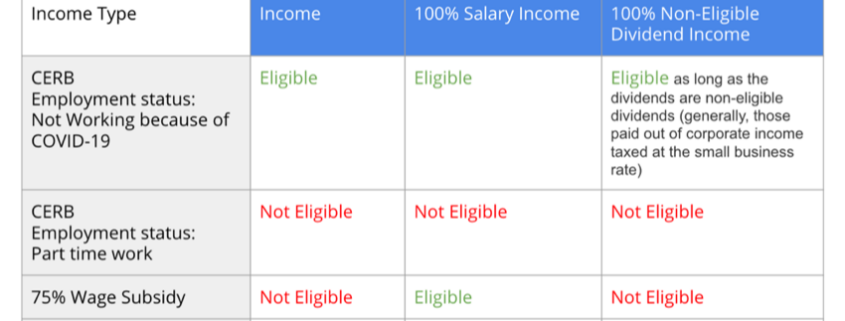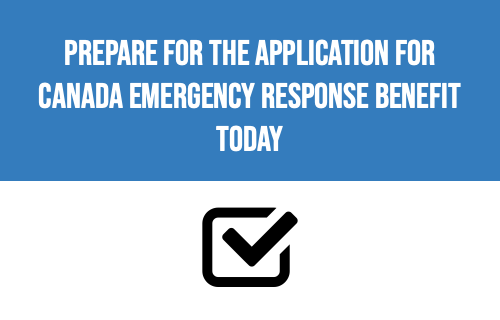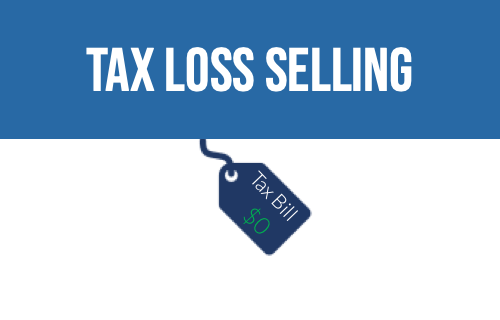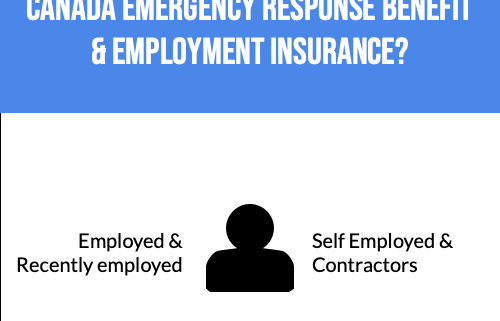Accepting Applications starting April 6th – Canada Emergency Response Benefit (CERB)
/in 2020 Only, Blog, Coronavirus /by Tracy DuffThe sheer volume of applications for the Canada Emergency Response Benefit (CERB) will likely overwhelm the system. If you or someone you know need to apply for this benefit, we suggest you prepare TODAY before the applications begin:
-
Double check your myCRA account username and password
-
Direct Deposit is setup
-
3 – 5 days via Direct Deposit vs 10 days via cheque in the mail
-
You should double check your myCRA username and password by signing in at:
If you do not have direct deposit setup with CRA, you can set it up TODAY at:
To help manage the volume, the CRA has setup specific days for you to apply based on month of birth.
If you were born in the month of:
-
January | February | March: Mondays – Best day to apply is April 6th
-
April | May | June: Tuesdays – Best day to apply is April 7th
-
July | August | September: Wednesdays – Best day to apply is April 8th
-
October | November | December: Thursdays – Best day to apply is April 9th
-
Fridays, Saturdays and Sundays are open for any birth month
Eligibility
The benefit will be available to workers:
-
Residing in Canada, who are at least 15 years old;
-
Who have stopped working because of COVID-19 and have not voluntarily quit their job or are eligible for EI regular or sickness benefits;
-
Who had income of at least $5,000 in 2019 or in the 12 months prior to the date of their application; and
-
Who are or expect to be without employment or self-employment income for at least 14 consecutive days in the initial four-week period. For subsequent benefit periods, they expect to have no employment or self-employment income.
Saskatoon: SREDA SMALL BUSINESS EMERGENCY CONTINUITY GRANT PROGRAM
/in 2020 Only, Blog, Coronavirus /by Tracy DuffHelping small businesses that are experiencing significant financial challenges due to the COVID-19 pandemic
Application deadline: April 6, 2020 at 12:00 p.m.
The SREDA Small Business Emergency Continuity Grant Program provides grants of up to $5,000 to small businesses located in the Saskatoon Region that are experiencing significant financial challenges due to the COVID-19 pandemic.
Please note that our funding for Phase 1 is $100,000. Phase 2 will be announced pending access to additional funding.
Eligibility
You are eligible to apply if you are experiencing a substantial downturn in business activity related to the outbreak of COVID-19 resulting in significant financial challenges, and if you:
-
Operate in the Saskatoon Region.
-
Are a for-profit commercial business. At this time, we are not accepting home-based business applications.
-
Have 10 or less full-time equivalent (FTE) positions, including owner(s) and sub-contract employee(s).*
-
Have been in business for more than 6 months and less than 5 years.
-
Are able to immediately provide proof of business existence by providing one of the following: business registration certificate, business insurance, municipal business license, PST account, business statement, statement of business activities or corporate tax returns from previous tax years.
*Full-time equivalent (FTE) positions represents 30 hours of work per week. Two part-time employees working 15 hours per week are considered 1 FTE. If one employee works 37.5 hours per week this is still considered 1 FTE.
Before you apply, please note:
-
We are accepting one application per business.
-
Application questions include both pre-COVID-19 and post-COVID-19 business objectives, revenue, expenses, etc.
-
Other income and subsidy sources will be considered.
-
Preference will be given to non-allowable businesses as indicated by the Government of Saskatchewan. To view list of non-allowable business services, visit: saskatchewan.ca
-
Incomplete applications may not be allowed for resubmission.
-
Approved applicants will be required to complete a post-funding survey.
-
Application deadline: April 6, 2020 at 12:00 p.m. Applications will not be accepted after this date.
Tax Loss Selling
/in 2020 Only, Blog, Coronavirus, Investment, tax /by Tracy Duff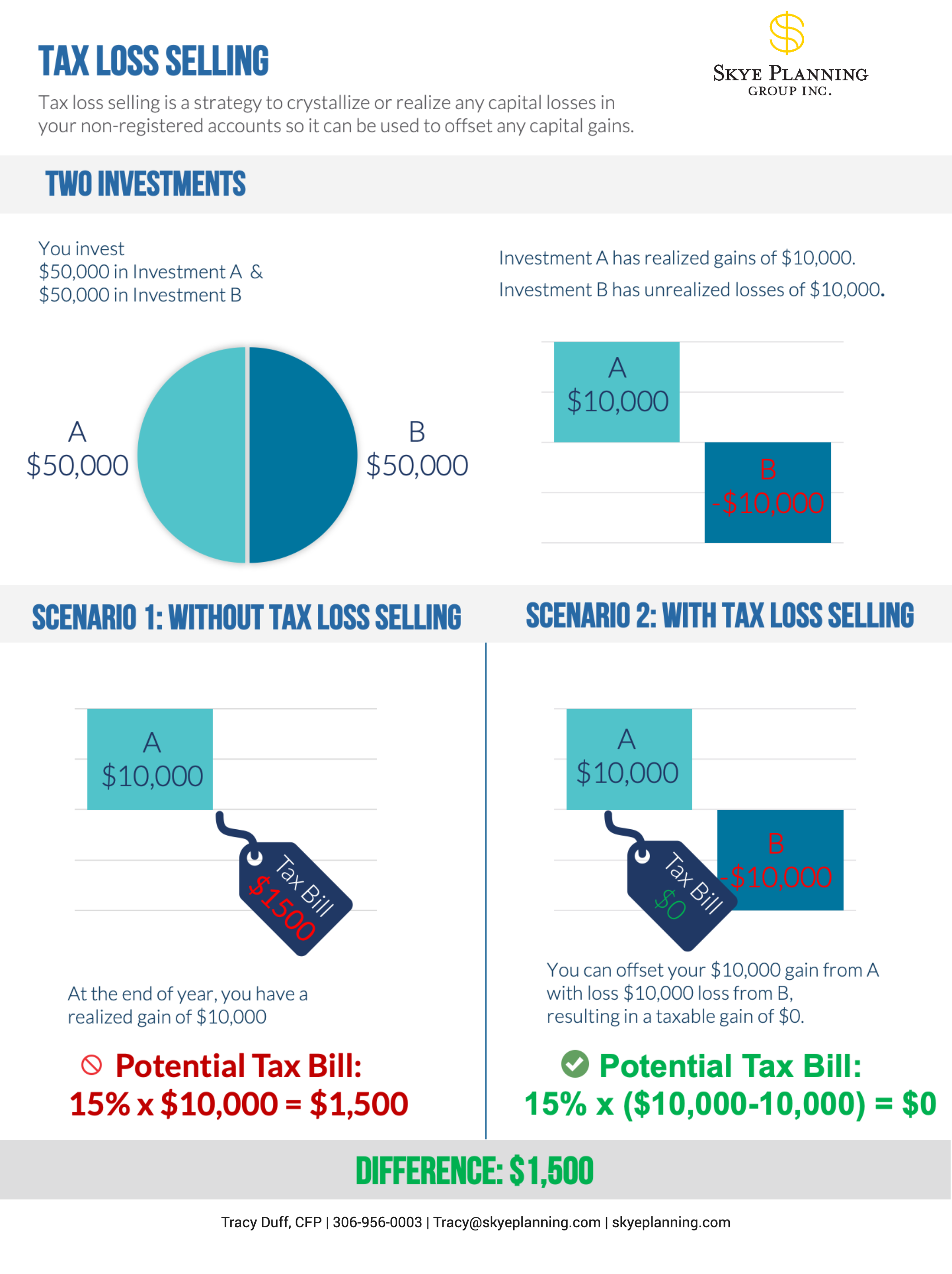
Over the last few weeks, the financial market has taken a downturn amidst fears over Coronavirus.
Understandably, you are concerned with your portfolio, it’s important to stay level-headed to avoid making financial missteps. However, staying level-headed doesn’t necessarily mean you sit there and do nothing. In fact, one consideration you can look is taking an active tax management approach.
Tax loss selling is a strategy to crystallize or realize any capital losses in your non-registered accounts so it can be used to offset any capital gains. There is no benefit to selling in your tax free savings account (TFSA) or registered retirement savings plan (RRSP).
You can apply capital losses back 3 years or carry them forward indefinitely, therefore we’ve outlined several situations that make sense for tax loss selling.
To better understand how tax-loss selling works, imagine a scenario in which someone invests $100,000, putting $50,000 in “Investment A” and $50,000 in “Investment B.”
At the end of one year, Investment A has risen by $10,000 and is now worth $60,000. Investment B has declined by $10,000 and is now worth $40,000.
Without tax-loss selling, the investor has a realized gain of $10,000 from Investment A, and has a potential tax bill of $1,500 (assuming he or she sells the shares and pays the 15% capital gains tax on the profit).
On the other hand, with tax-loss selling, selling Investment B to offset gains from Investment A. At the end of the year, instead of paying a $1,500 tax, the investor only has a potential tax bill of $0, for a potential tax savings of $1,500.
With the investor’s tax liability reduced by $1,500, that savings becomes money that can be invested back in the portfolio, used to maximize RRSP contributions, pay off debt, or spend as one pleases.
What Situations make sense for tax loss selling?
-
If you have an investment with a considerable capital gain, review through your current investments to see if there are any investments to sell at a loss.
-
Receiving a tax refund for a previous year. Keep in mind, you can apply capital losses back 3 years, therefore if you sold a property within the last 3 years for a considerable gain and paid the tax. This year, you could sell other investments at a loss and apply them back and get some tax paid back.
-
For tax deferral, with tax losses you can apply these losses back 3 years or carry them forward indefinitely, therefore you may want to trigger a loss today because if you are planning to sell that property in the next year or so, it may rebound and therefore you will lose the chance to offset the gains.
-
Lastly, you may have an investment in your portfolio that’s a dud. It might be time to move on and put your money into a different investment so that you can apply the loss in the future.
Tax Loss Selling is Complicated
There are specific conditions required by CRA that must be met in order for this strategy to work such as making sure your loss is not declared a “superficial loss” (these rules are very restrictive). A superficial loss is when you sell and trigger a capital loss, you cannot deduct the loss if you or an affiliate purchase an identical security within 30 days before or after your settlement date.
Another condition is that the sale of assets is prior to the year-end deadline (this varies by calendar year). You also need to make sure you have accurate information on the adjusted cost base (ACB) of your investment. When you file your taxes, any losses must be first used to offset capital gains in the current tax year, then any remaining losses can be carried back.
Before engaging in tax loss selling, you should contact us directly so we can make the strategy works for you.
Do I Qualify for the Canada Emergency Response Benefit & EI?
/in 2020 Only, Blog, Coronavirus /by Tracy DuffTo help Canadians through this difficult time, the Federal Government created the Canada Emergency Response Benefit (CERB) and made changes to the Employment Insurance Program (EI). For those whose employment has affected by the Coronavirus, we have created a chart to help you figure out which program you qualify for and provide links to apply for each program.
The Federal Government has already made numerous changes to these programs so we will be updating this document whenever a change to the program is made.
Stay home and stay safe.
Get in Touch
(e) skye@skyeplanning.com
(f) 306-956-0046
130 – 4th Ave North, Suite 110 – River Quarry
Saskatoon, SK
S7K 5V3

